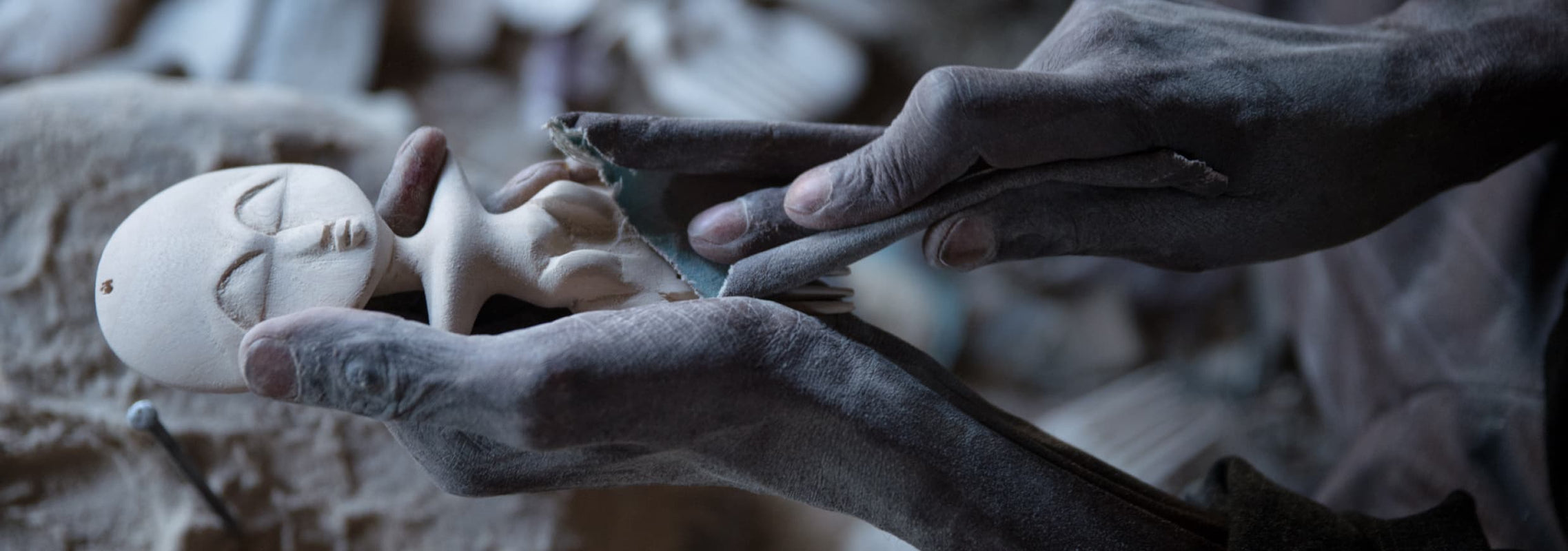Forging a modern visual identity from centuries-old heritage
Forging a modern visual identity from centuries-old heritage
Client: Global brand redefining contemporary African design through hybrid craftsmanship
Services: Creative and heritage research, Identity design
Project
Crafting Kenya was tasked with providing creative and heritage support during the development of the brand identity for a brand redefining contemporary African design through hybrid craftsmanship straddling traditional techniques and modern technologies. The client needed an innovative brand identity to match their vision for a brand that would be global, yet anchored in authentic heritage. Crafting Kenya’s involvement would be instrumental thanks to its extensive heritage research and work with global brands, which would see it give the global team working on this project contextual understanding: of place and cultural heritage.
Methodology
As a heritage advisor and creative partner to a global team with no prior experience in Africa, Crafting Kenya’s most critical responsibility was to anchor the team in Kenyan heritage, and guide them as they honed in on an aspect of Kenyan heritage that the brand’s visual identity would be built around. Through a deliberate and structured process, we settled on a local UNESCO world heritage site as the core inspiration, bringing focus and direction to the project.
Implementation
Step 1:
As a brand redefining contemporary African design through innovative craftsmanship and hybridity, a UNESCO world heritage site that has been inhabited by different communities over centuries, and a source of extraordinary craft traditions, was a fitting choice for inspiration of the brand’s visual identity. Staying consistent with the theme of craftsmanship, we identified, via the Crafting Kenya database and on-the-ground networks, craft techniques from the heritage site. We also examined other historical and environmental factors that we could work with.
Step 2:
The design team translated these aspects into visual elements that we devolved, through creativity and minimalism, to arrive at what eventually became the logo. Leveraging other contextual factors, we defined supporting visual elements including the color palette and textures.
Step 3:
Collectively, these elements formed the brand’s visual identity and were applied on the brand’s touchpoints, physical and digital, telling the story of a brand and its origin in contemporary visual codes that were at once mysterious and elegant.
Step 4:
These efforts contributed to the visibility and successful launch of this brand, which went on to be lauded as “Africa’s best kept secret“ by Forbes-US.


